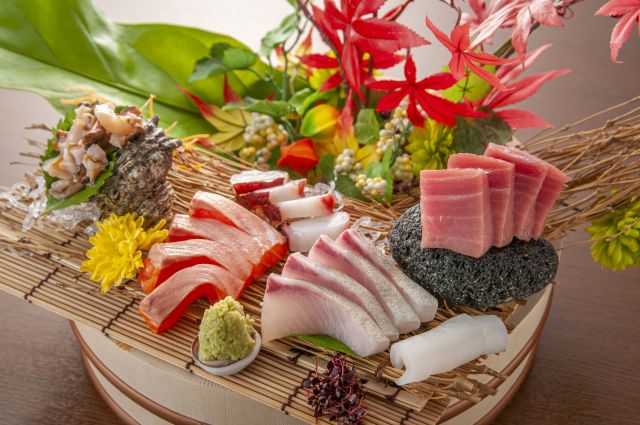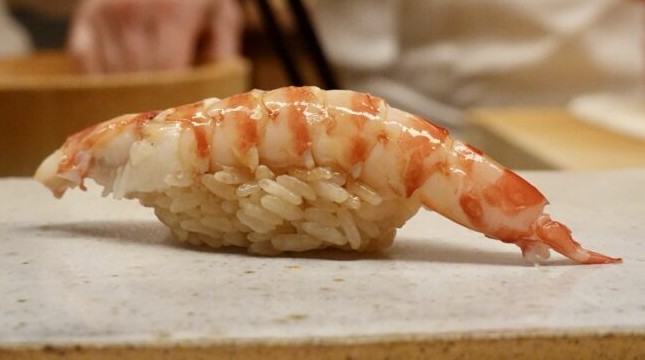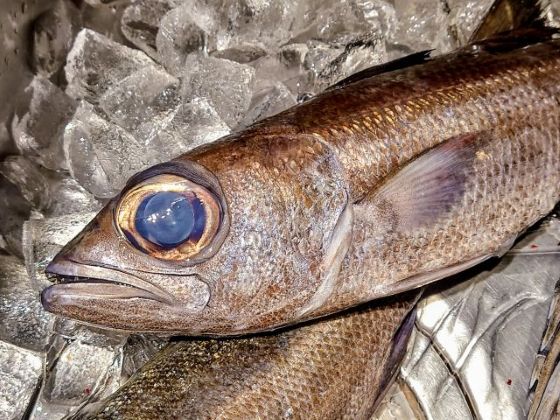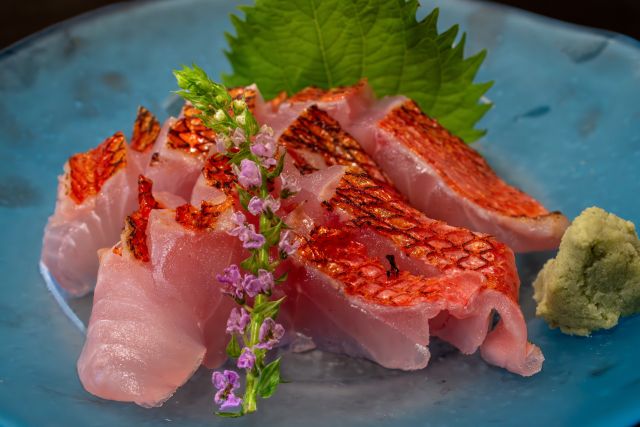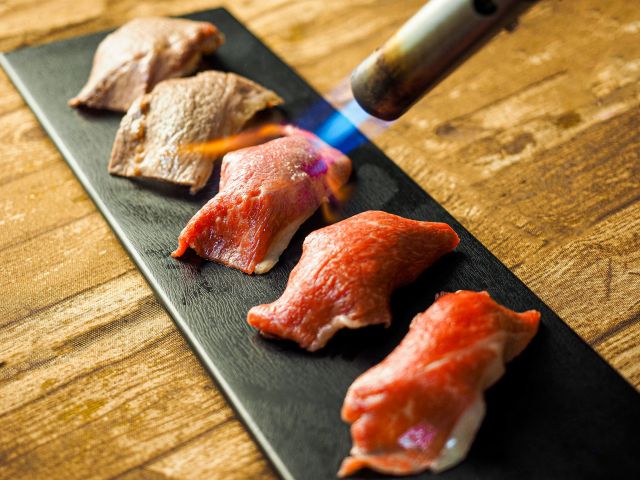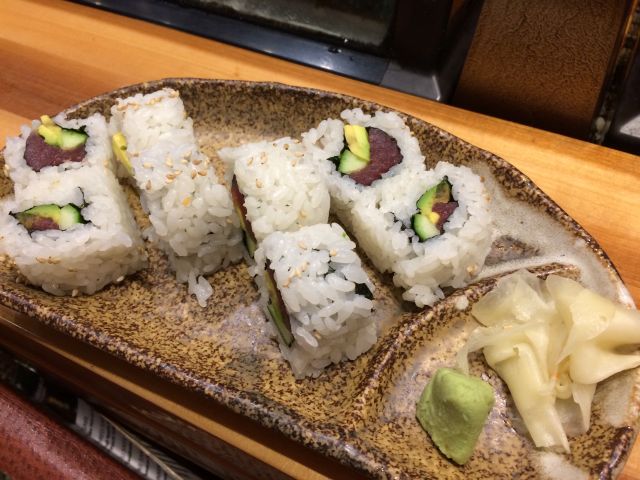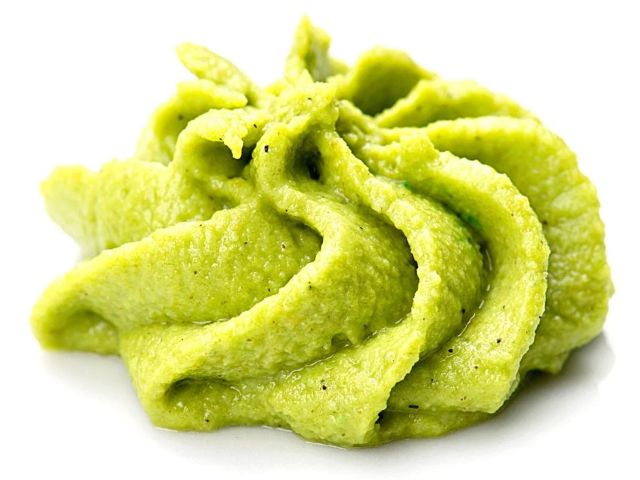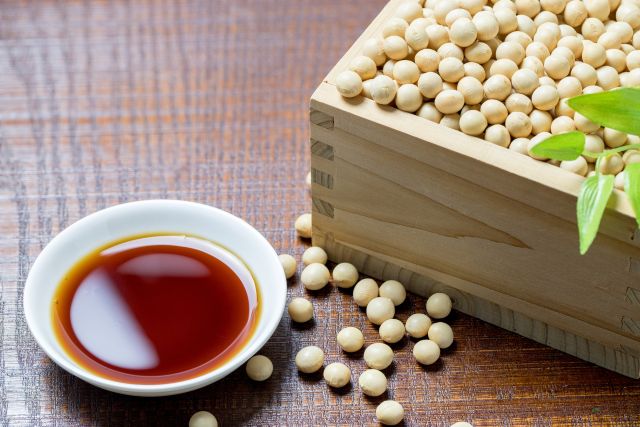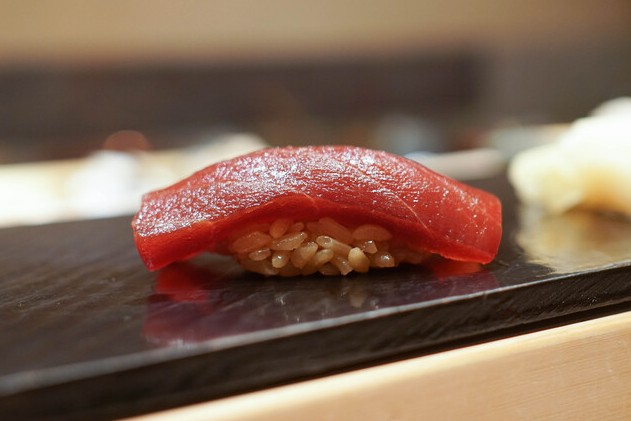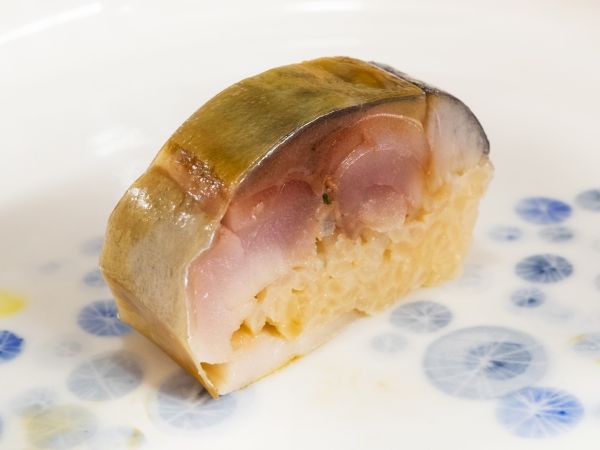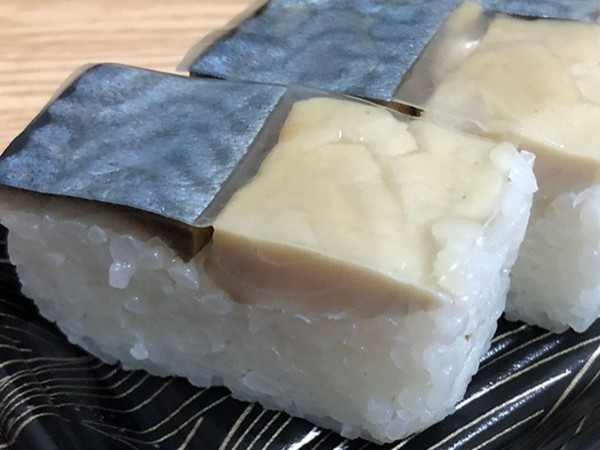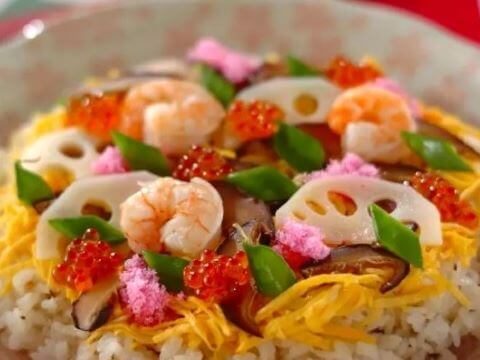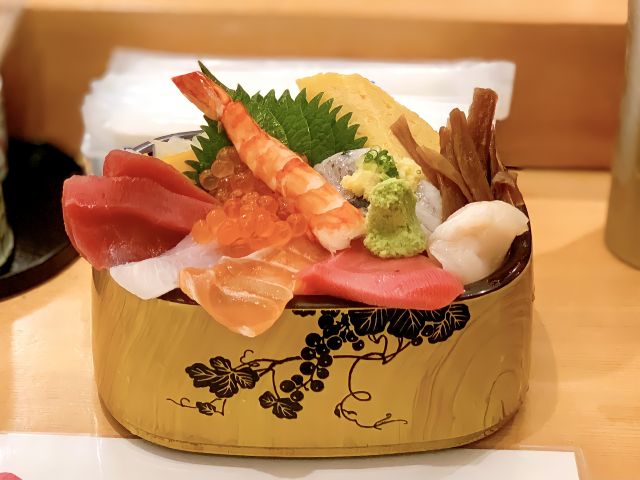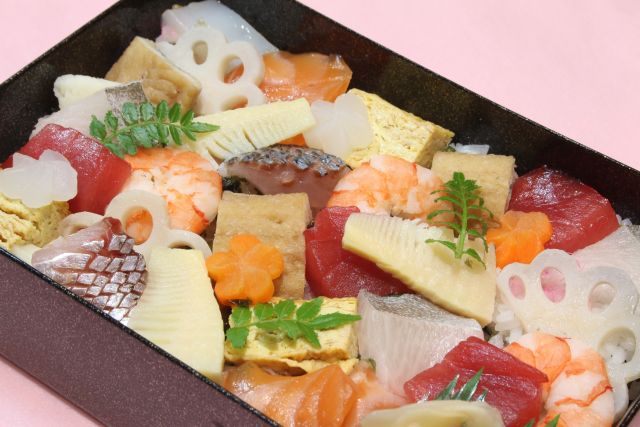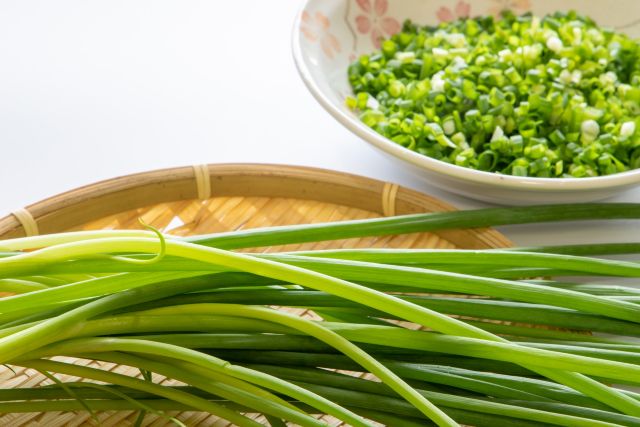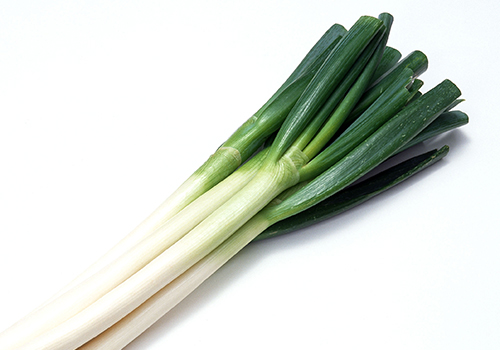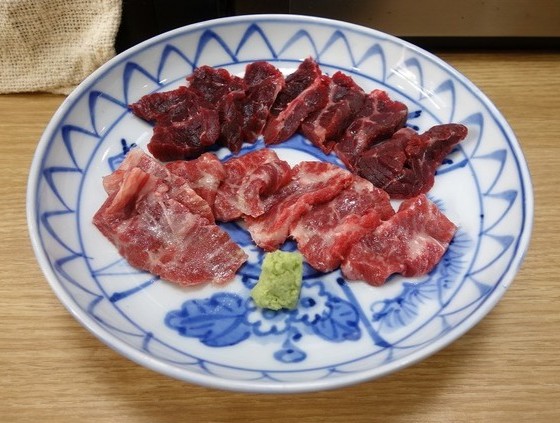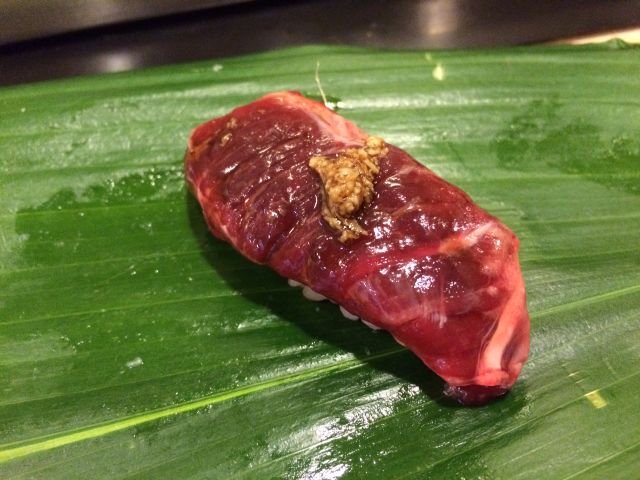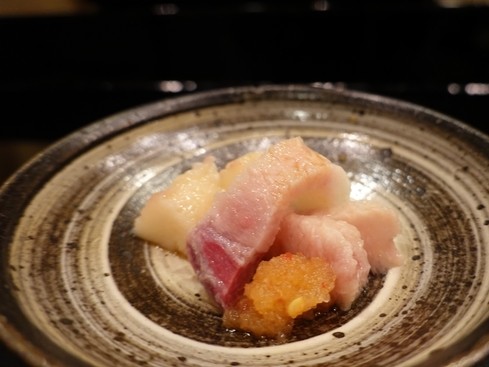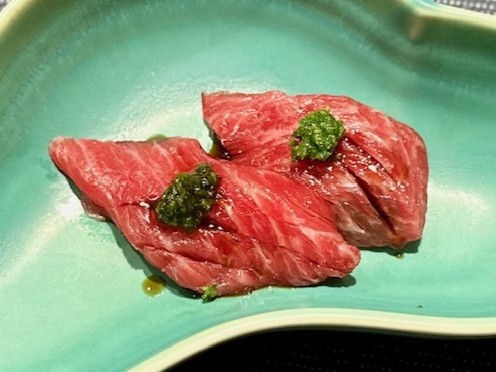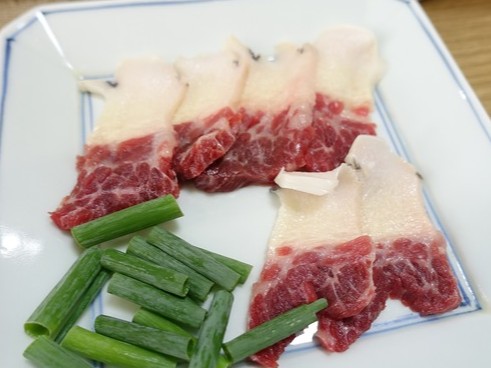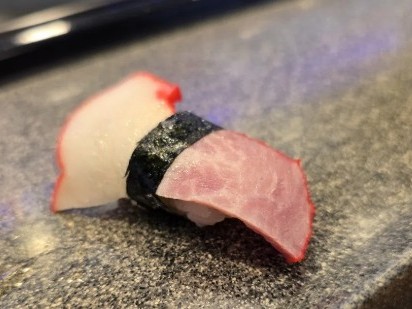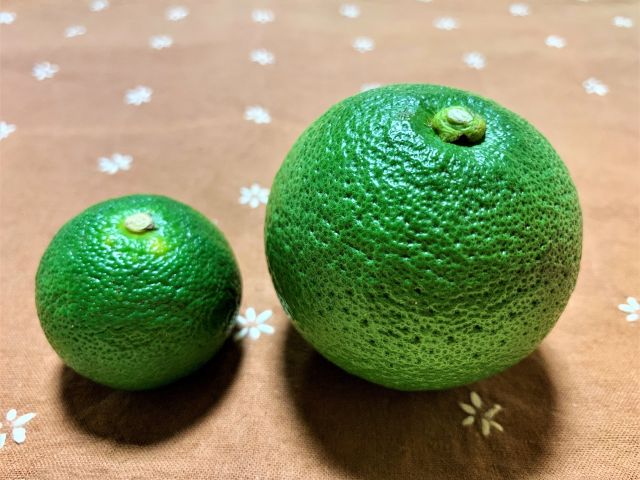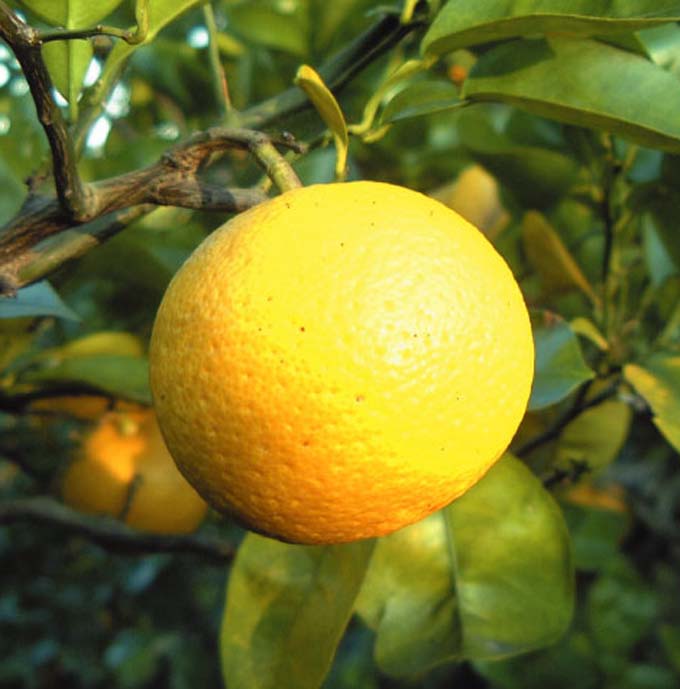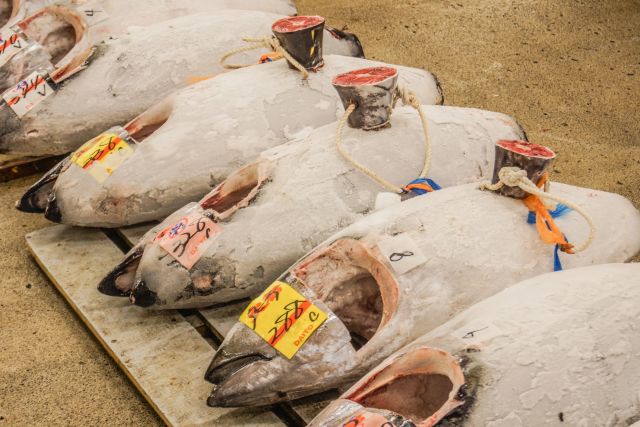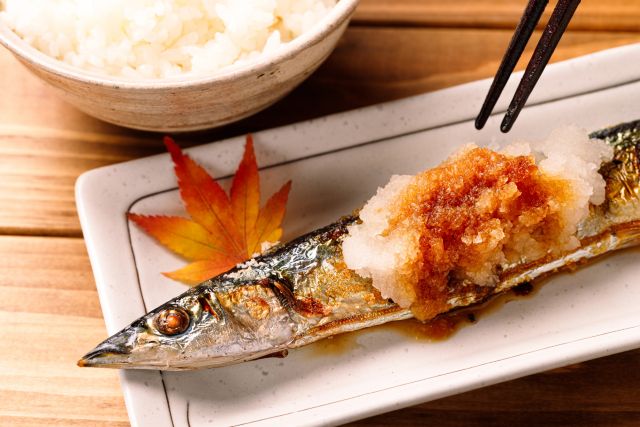
First, let’s look at the meanings of the words.
“Daikon” refers to a type of radish, and “oroshi” means “grated.”
“Oroshi daikon” refers specifically to grated daikon itself, while “daikon oroshi” can mean either the grated daikon or the tool used to grate it, called an oroshi-gane in Japanese. The distinction can be a little tricky.
Vegetables that are commonly grated include daikon, carrots, turnips, yams, potatoes, onions, lotus roots, and cucumbers. Fruits such as apples and pears can also be grated.
About Daikon
Daikon is an essential vegetable in Japanese cuisine. It is considered one of the oldest vegetables in the world and was already cultivated in ancient Egypt. Daikon is generally classified into three types: European, Chinese, and Japanese. It was introduced to Japan from China, and suzushiro, one of the “Seven Herbs of Spring,” refers to daikon.
Over time, daikon has developed into hundreds of regional varieties. Since the 1970s, however, the “Aokubi daikon (青首大根),” known for being juicy, mild, and slightly sweet, has become the most widely consumed variety.
Typical dishes featuring daikon include pickles, oden (a Japanese hot pot), and buri-daikon (yellowtail simmered with daikon). Although daikon rarely plays the leading role in a dish, it is an important supporting ingredient that adds depth to many recipes.
About Daikon Oroshi
As mentioned earlier, daikon oroshi means grated daikon. It has a refreshing spiciness with a hint of sweetness and is often served with grilled fish in Japan.
When preparing daikon oroshi, the juice is not squeezed out. Instead, it is placed in a strainer so that excess water drains naturally. The flavor varies depending on which part of the root is used:
- The top is juicier and sweeter.
- The tip is drier and spicier.
- The middle has a good balance of both.
The grating method also affects the texture:
- Grating vertically produces a fine, smooth texture.
- Grating diagonally results in a coarser texture with more noticeable daikon fibers.
No matter which part of the daikon is used, the skin should be peeled thinly before grating. To grate it, hold the daikon vertically against the grater, pressing down and rotating it in a circular motion to cut across the fibers.
Role and Uses of Daikon Oroshi
Daikon oroshi has long been valued as a condiment because it aids digestion. It is especially important when eating oily fish such as yellowtail, fatty tuna, or mackerel sashimi. Without daikon oroshi, the fish oil repels the soy sauce, making the dish less pleasant to eat.
Popular ways to enjoy daikon oroshi include:
- With grilled fish: Pairing a bite of fish with daikon oroshi balances the fish’s richness with a refreshing spiciness. Adding a touch of soy sauce enhances the flavor even further.
- With tempura: Instead of placing it directly on the tempura, mix daikon oroshi into the dipping sauce. Its freshness lifts and complements the sauce’s flavor.
- In simmered dishes and hot pots: When large amounts of grated daikon are added, the dish resembles sleet (a mix of rain and snow). These dishes are called mizore-ni (simmered with grated daikon) or mizore-nabe (hot pot with grated daikon). Variations used for side dishes are called mizore-ae. A hot pot generously topped with grated daikon looks beautiful, like a snowy landscape, and has a refreshing mouthfeel. It enhances the meat’s umami without feeling heavy. It pairs well with pork or chicken.
- With noodles: Adding grated daikon radish to cold noodles creates a refreshing mouthfeel, perfect for hot weather. Incorporating it as a garnish also sharpens the overall taste.
- As a condiment: Daikon oroshi is also enjoyed with Japanese-style hamburger steak and Japanese-style beef steak. It cuts through the richness of meat and aids digestion. A splash of ponzu or soy sauce transforms it into a distinctly Japanese flavor.
Beyond its culinary uses, the distinctive pungency of daikon oroshi also has a fascinating scientific basis. Let’s take a closer look.
What is the pungent component in daikon oroshi?
The pungent component in daikon oroshi comes from allyl isothiocyanate (a type of isothiocyanate) contained in the essential oil component mustard oil. Daikon radish itself is not spicy when eaten whole. However, grating or cutting the daikon breaks its cells, causing the precursor compounds of isothiocyanates within the cells to generate the pungent isothiocyanates. The tip of the daikon is spicier because it contains a higher concentration of these isothiocyanate precursors.
Why does the spiciness of Daikon oroshi disappear during cooking?
Daikon oroshi becomes sweeter when heated. This is the same principle as daikon becoming sweeter when simmered. The pungent isothiocyanate compounds are volatile, so they evaporate during heating. The glucose naturally present in the daikon remains, and this is what we perceive as sweetness.
The enzyme myrosinase is involved in converting the isothiocyanate precursors into the pungent isothiocyanates. Generally, enzymes are most active near neutral pH and do not function in acidic or alkaline conditions.
When cooking, adding vinegar to Daikon oroshi makes it acidic, deactivating myrosinase. Consequently, no isothiocyanates are produced, so it doesn’t taste spicy. When soy sauce is added to daikon oroshi, the areas touched by soy sauce are not spicy because only those parts become acidic, causing myrosinase activity to cease. Placing daikon oroshi into warm tempura dipping sauce warms the daikon oroshi, causing the isothiocyanates to volatilize and disappear. This results in a lack of spiciness, a refreshing texture, and allows the oily tempura to be enjoyed.
